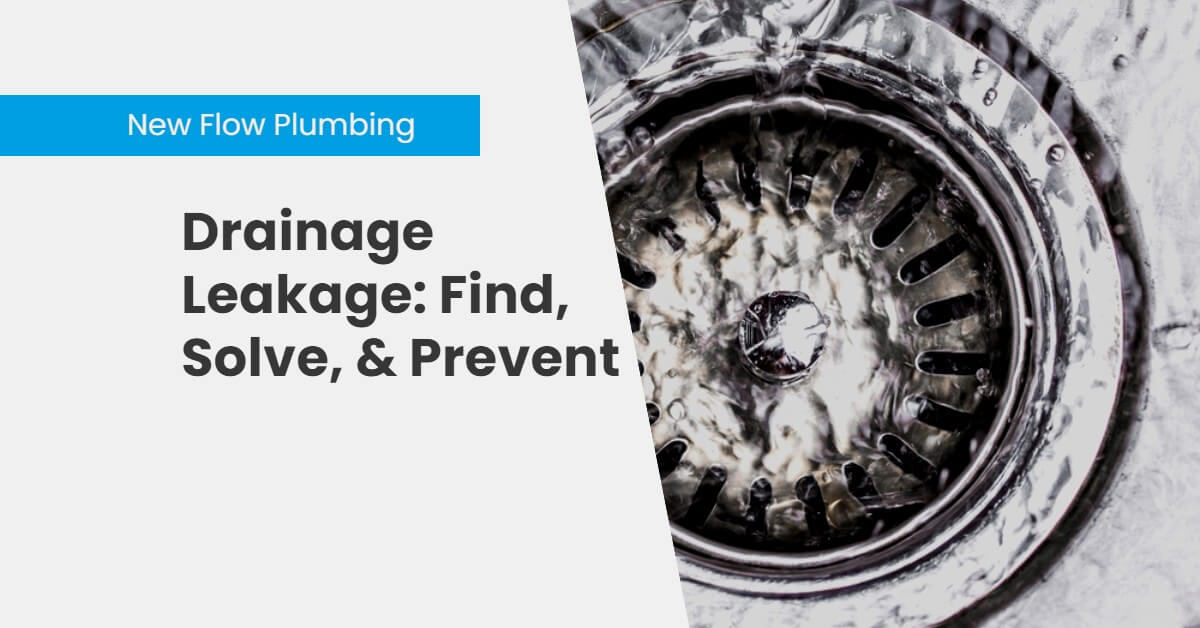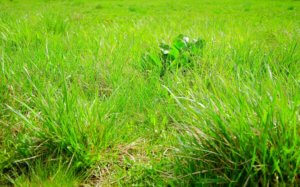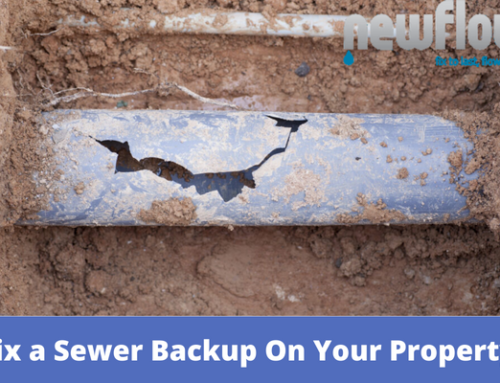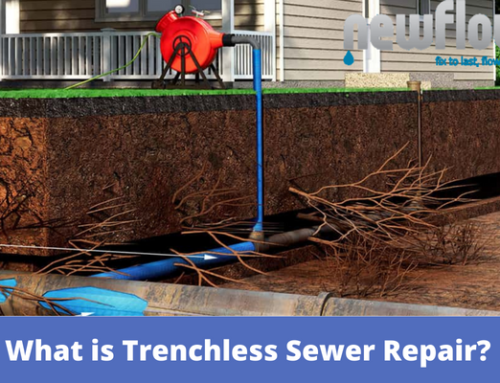Drainage Leakage: Find, Solve, & Prevent
Are you experiencing drainage leakage? This article will help you get familiar with how to find drainage leakage, solve the issue effectively, and teach you how to prevent drainage leakage from occurring again.
Finding Drainage Leakage
Are you noticing any of these signs below?
1. Sewer Odor
If you begin to smell a foul odor near a wall, a drain pipe may be leaking. Your home’s drain pipes are designed to be airtight, allowing waste to move through your home unnoticed by your eyes or nose. In two-story homes, upstairs bathrooms usually send waste down through pipes in your walls.
Sewer odor comes with a rise in temperature. If you place your hand on a wall and you feel the heat, that’s another strong indicator that you’ve got drainage leakage. The smells can continue through the rest of your home, rising out of toilets, showers, and floors.
Sewer odor is a complex mixture of toxic and nontoxic gases. Highly harmful components of sewer gas include hydrogen sulfide and ammonia. Sewer odor also contains methane, carbon dioxide, sulfur dioxide, and nitrous oxides. Exposure to low levels of hydrogen sulfide irritates the eyes and respiratory tract (that includes your nose, nasal cavity, pharynx, larynx, trachea, bronchi, and lungs). Other symptoms include,

Exposure to high concentrations of hydrogen sulfide can interfere with the sense of smell, making this warning signal unreliable. At extremely high levels, hydrogen sulfide can cause immediate loss of consciousness and death. If you smell sewer odor, address it now!
2. Mold Growth
As we mentioned above, the leaking drain pipe’s heat comes with even more problems. Mold! The increase in temperature in your walls creates the perfect condition for mold growth. In nature, mold helps decompose wood, leaves, and other natural debris. It’s not something you want in your home.
If you notice black or green spots appearing on a wall or floor, that’s mold taking over your home. Mold can grow on wood, wallpaper, ceilings, insulation, and floor carpet. The last place you want mold is your furniture, which can be ruined instantly. Mold also comes with health concerns, just like sewer odor. Hazards include,
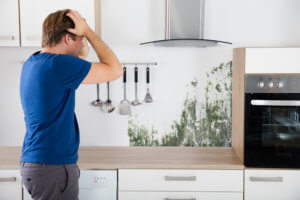
There are also a small number of molds that produce mycotoxins. Individuals exposed to a high level of mycotoxins can suffer from nausea, fatigue, eye irritation, lung irritation, and headaches. If you can’t see the mold, it comes with a musty odor that can help you find it.
3. Wall Damage
If you can smell and see the mold, try touching the wall. If it’s spongy or soft, that’s humidity and vapors absorbing into the wood. Look out for paint bubbles building up filled with moisture. Maybe the wallpaper is peeling off or soaking, falling apart. See if the drain pipe is leaking in another location and is dripping down. Sewage contains biohazards, chemicals, and microbes that absorb into your wall, requiring you to replace the wall.
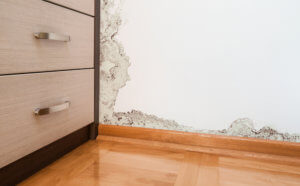
4. Infestation
Drainage leakage not only brings odor, mold, and hazards but friends! Rats and mice love to travel the sewer, and if they find an opening to your home, they’re going to take it. Mice can fit through a hole the same diameter as two pencils, and rats can fit through openings as small as a quarter.
The German cockroach can enter openings as thin as a dime, while the American cockroach can get through holes as narrow as a quarter. That doesn’t include sewer flies, palmetto bugs, and other nasty creatures. If you see signs of rats or other pests, think before you call the exterminator. Killing the current intruders will only temporarily solve the problem. Fixing your drain pipes in your wall can keep them out for good.
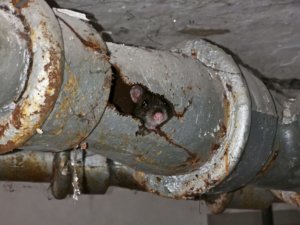
5. Strange Lawn Growth
Leaking sewage acts as a fertilizer, and your grass can show signs of excessive growth or a lush green color. If you notice puddles of water or sewage waste in your yard, you can be sure a pipe is cracked and leaking. Your soil can sink, develop strange bumps, or even gutters due to soil dissipating.
6. Vapor test
A vapor test can be performed where a not toxic vapor is pumped through your sewer system from the vent openings on your roof. If there is a crack in the sewer pipes behind the wall, the vapor will fill the empty space behind the drywall and will make its way out of electrical outlets or other openings. Since a sewer system should be air-tight, any visible vapor inside your home would indicate a crack.
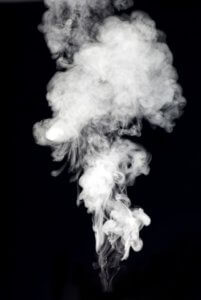
Solving Drainage Leakage
Below are the best solutions to solving drainage leakage.
Read more about – How to repair cast iron drain pipe
Pipe Lining (Trenchless)
A unique, epoxy-impregnated liner is inserted into the old pipe and inflated. This creates a new pipe inside the old one. Pipe lining can be considered replacement or repair depending on whether the whole pipe length will be lined or just a section.
If only a section of pipe (a spot repair) is lined, it is considered a repair. If you line the whole pipe from start to finish, it is basically like getting a brand new pipe installed (aka replacement).
Pipe Bursting (Trenchless)
Pipe bursting is where a new HDPE (high-density polyethylene) pipe is attached to a winch with a cone-shaped bursting head and pulled through the damaged line. The damaged pipe breaks apart as the new one takes its place.

Note: Sometimes, a drain pipe is so severely damaged that no trenchless method is viable. Plumbers cannot use trenchless technology on pipes that are back-pitched, which means that the original contractors failed to use the proper slope for your sewer line to your city connection. Also, if the pipe has collapsed onto itself, you will have to go the conventional trenching route.
Read also – Drain pipe replacement methods.
How Much Do Drainage Leakage Solutions Cost?
Trenchless sewer repair can cost anywhere between $4,000-$15,000 for the average single-family home. Jobs range from a few feet of repair to hundreds of feet, changing the pricing per amount of needed work. There will always be a base cost starting at permits, contractor mobilization, project minimums, and then prices move on from there.
Conventional sewer repair, on average, costs $50 to $450 per linear foot. The price to install brand new pipes throughout your home or yard could run to $15,000 because of all the extensive work, such as trenching and excavation. Conventional sewer repair quotes will be lower than trenchless, but they don’t include the cost to clean up the mess and repair the property damage.
Preventing Drainage Leakage
Now that you found and fixed the leakage, what are some steps you can take to preventing this issue from happening again?
Never flush these items down your drains, toilets, or shower.
Grease, Cooking Oil, & Fats
Never dump these down your pipes. They will solidify, stick to your pipes, and cause clogs.
“Flushable” Wipes
“Flushable” wipes are only flushable in the sense that they can be flushed down the toilet. Getting them to go through a drain pipe is a whole other problem. Only flush bathroom tissue and human waste down your toilet, water down your showers, and soap down your sink.
Drain Cleaner (Containing Sulfuric Acid)
Most drain cleaner products contain sulfuric acid, which when exposed to pipes like cast iron, can ruin the metal.
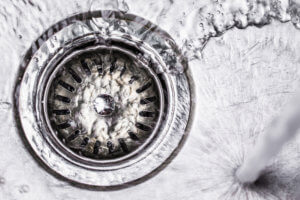
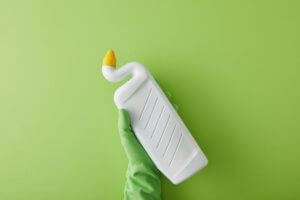
Who Can Fix Drainage Leakage Near You
It’s time that New Flow Plumbing comes in to save the day. We’ll get you started with a CCTV sewer camera inspection to determine where your problems come from. Then, we give you a free repair estimate, followed by available repair options. Whatever the issue, New Flow Plumbing will have your plumbing running perfectly again.

